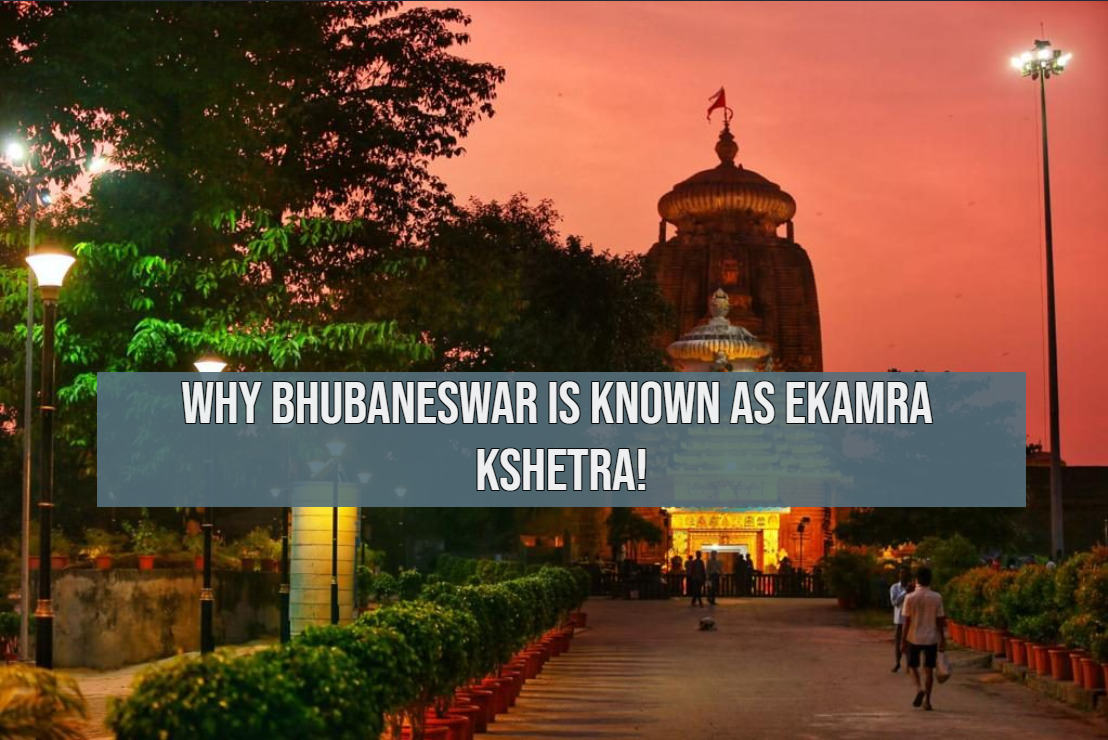Bhubaneswar, the capital city of Odisha, is also the largest city in the state which is prosperous in cultural, architectural and religious values. It has many reasons to attract the tourists from around the world, starting from rich scenic landscapes to authentic Kalinga temple structures. According to history, the formation of this city goes back to over 2300 years. At that period it was treated as the capital of the Kalinga Kingdom. In the course of time, Bhubaneswar earned many names such as Mandira Malini Nagari (City of Temples), Toshali and Ekamra Kshetra.
As the title suggests, we are going to explore more on how Bhubaneswar got its name as Ekamra Kshetra. If we literally translate the word, the meaning comes out as a region (Kshetra) with one Mango (Ekamra) tree. So you must be thinking what is the significance behind naming the city after this?
There are two most believed reasons – one is the mythological way and other being the historical mentions. Now let’s dig deep into them one by one.
1. Mythological reason behind naming Ekamra Kshetra
Lord Shiva and Goddess Parvati, after their marriage had first decided to settle in Varanasi (previously known as Kashi). With passing time, the place became very populated and Shiva chose to go someplace else to peacefully meditate. Shiva went on meditating in a jungle under a huge mango tree. But, he left Parvati behind and didn’t tell about where he was going.
Parvati came searching after Lord Shiva and noticed that many cows were coming under one mango tree and milking on their own. she immediately understood that Shiva was there. That very place is now named as Ekamra Kshetra or even sometimes called as Gupta Kashi (hidden Kashi).
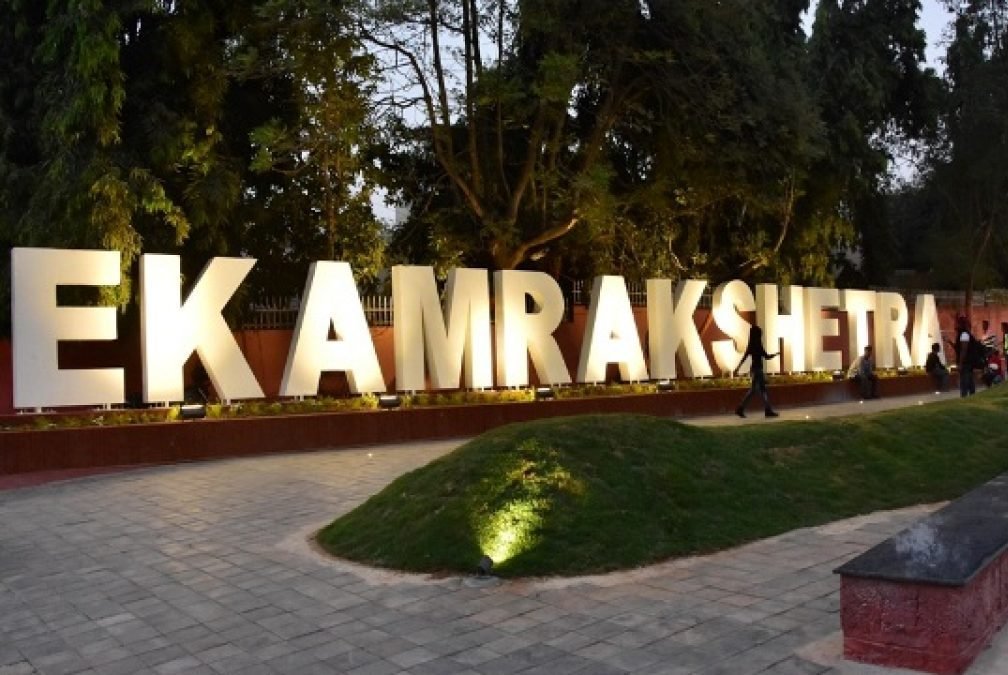
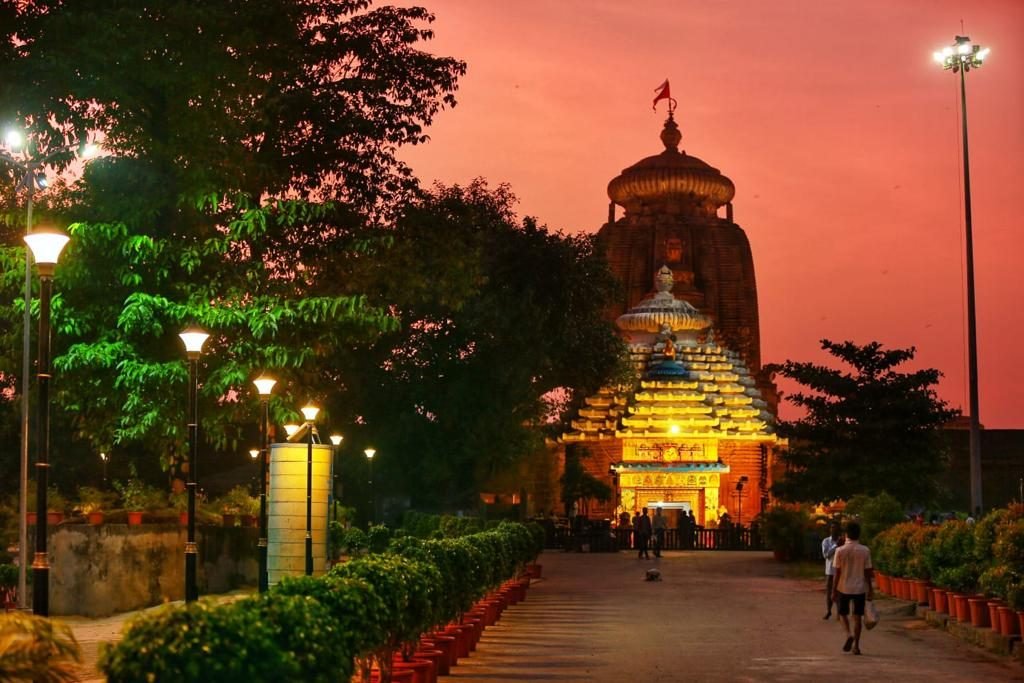
2. The historical take on naming Ekamra Kshetra
Now, historically the region of Bhubaneswar was filled with hundreds of Mango trees and had more than 700 temples. The sacred area was bordered by Khandagiri hills in the west, Kundalesvara temple in the east, Balhadevi temple on the north and Bahirangeshwar temple on the south. The tallest and the largest temple of the region, the Lingaraj temple was at the center.
The reason the Lingaraj temple holds so much importance is because the Shiv ling or the form of Lord Shiva was appeared naturally here under a large mango tree. Which is known as Swayambhu Shivlinga. Hence the name Ekamra Kshetra. After that the temple was built by the 7th century king Jajati Keshari. It has one dedicated shrine to Goddess Parvati and over 50 other smaller shrines.
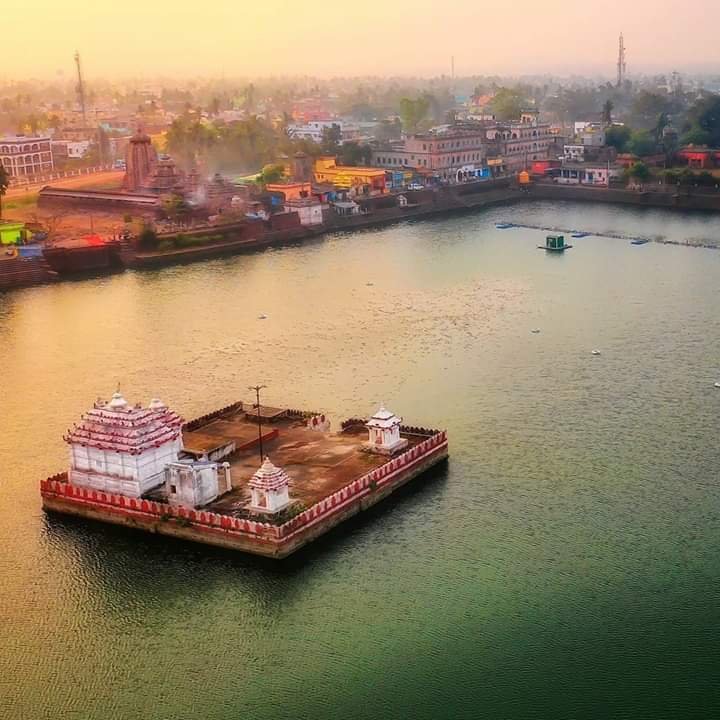
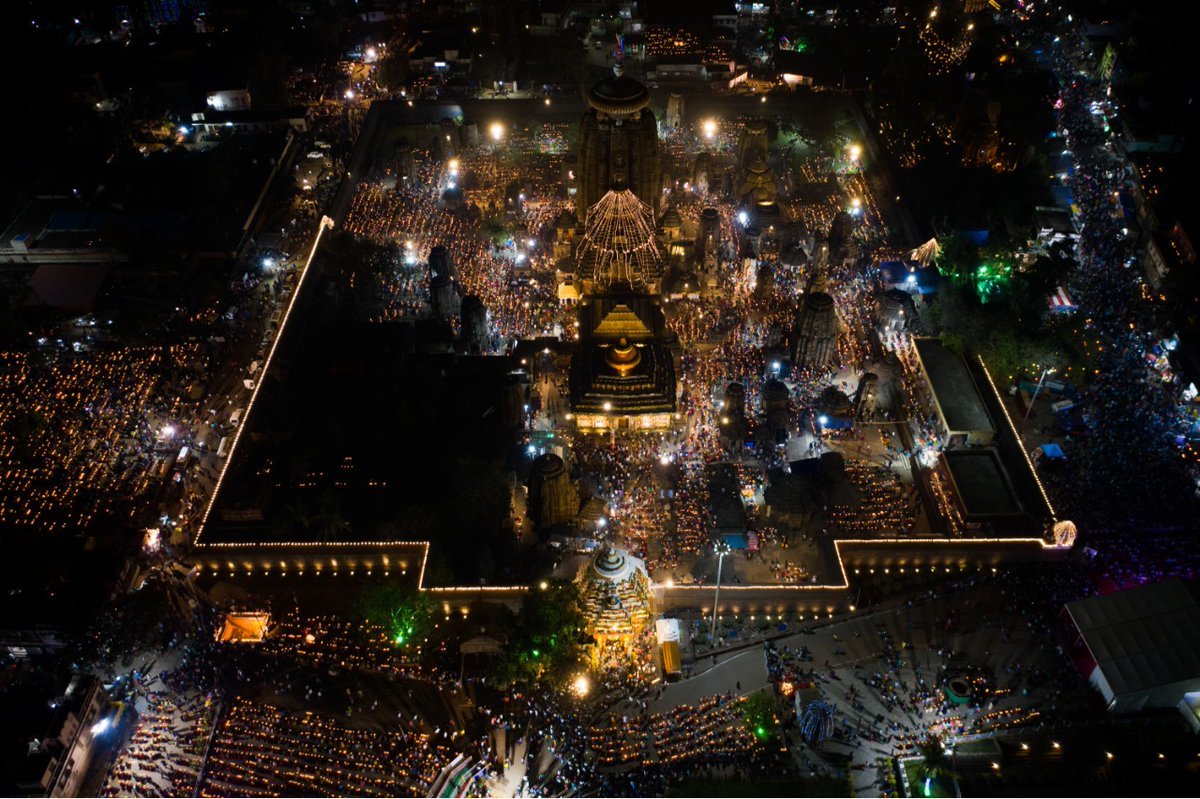
To summarize, the supreme deity of the Lingaraj temple was originally under one mango tree.. From there we get the name Ekamra Kshetra. As the lord here is self originated, Bhubaneswar is indeed the land of the God.
Other interesting places near Ekamra Kshetra (Lingaraj Temple)
Apart from the temple, the area also contains many heritage ponds and water tanks that are believed to be having waters that can heal physically and mentally. The city also has many ancient sandstone structures which are rich in architecture. So here are a list of places that might interest the explorer in you.
- Ananta Vasudeva Temple – This temple is dedicated to Lord Krishna. There he resides with his sister Subhadra and brother Balarama. The idol of Lord Balarama standing under a seven-hooded serpent and Goddess Subhadra holding a pot of jewels is something you must definitely see. Also, the Prasad for the Lords here is cooked in earthen pots which you must try at least once.
- Mukteswara Temple – Lord Shiva is worshiped in this temple. The temple is completely made with red stones and boasts of Kalinga style of architecture. This is considered as the ‘Gem of Odisha’ for its splendid work. Also every year the temple hosts the ‘Mukteswara Dance Festival’ for showcasing the Odissi dance talents.
- Ekamravan – This is one of the special attractions of Bhubaneswar as it has more than 150 varieties of medicinal plants. The garden gives a serene experience to the visitors with an amazing view of the temples nearby.
- Bindu Sagar Lake – This Lake is considered as the largest water body of the city. Lord Lingaraj is brought here every year for his ritual bath in the lake. That is why it is believed if someone takes a dip in its water, the sacred water washes away all the sins and cures all the diseases.
Now who wouldn’t get enticed to visit Ekamra Kshetra and have an experience of their own? Take a dip in the holy Bindu Sagar lake, smell the flowers in Ekamravan and witness the architectural brilliance of the temples! Lastly, listen to the lesser known legend of Lord Lingaraj from the locals, on how he emerged from beneath the ground on his own under a Mango tree. Thus gracing Bhubaneswar with the name Ekamra Kshetra.
